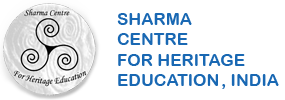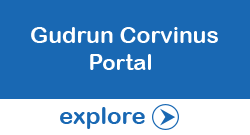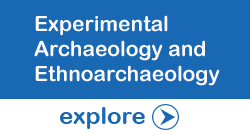Discussion Group & ECRs
Read more on exciting lectures by Early Career Researchers!
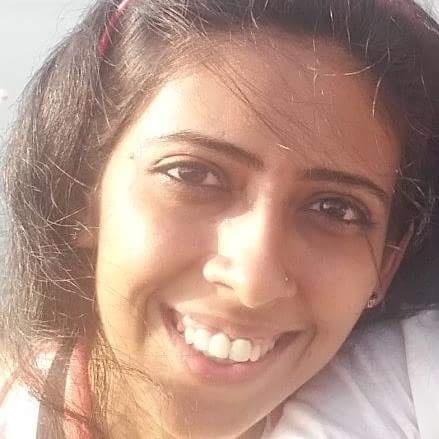 Dr. Prachi Joshi
Dr. Prachi Joshi
https://independentresearcher.academia.edu/PrachiJoshi, https://www.linkedin.com/in/prachi-joshi-6a674bb0
Title: Discussion on the Acheulian with a focus on the Vidarbha region, Maharashtra, India.
Abstract: The Pleistocene archaeological record of South Asia is important for addressing questions relating to the origin and evolution of Palaeolithic cultures, continuity or change in lithic technologies, and population dispersals across Asia. Recent work by Dr. Prachi Joshi report on intensive regional studies to investigate variability within this record, employing field survey, lithic analysis and experimental knapping. These studies led to the investigation of Acheulian to Late Palaeolithic sites, their sedimentary contexts primarily being in regoliths, and changing technological strategies. Acheulian assemblages occur in a stratified context and display evidence of deliberate selection of fine-grained quartzitic sandstone that is non-local and introduced to the site suggesting a degree of planning and mobility across the landscape. The early Middle Palaeolithic is sparsely represented in this region, they occur in one stratified locality, although later phases marking transitional phases with a Late Palaeolithic are noted. Most of the sites occur at present as surface scatters forming an important source of information on a time period spanning late Middle to Late Palaeolithic phases. These sites dominated by blade and flake reduction streams with a shift towards the use of chert and other siliceous raw materials. The paper discusses technological aspects of these assemblages, implications of experimental knapping to replicate blade reduction strategies and significance for the South Asian Palaeolithic in terms of understanding regional cultural transitions and behavioural changes. Along with the fieldwork, this research also included the use of satellite remote sensing and GIS, provenance studies and experimental archaeology. This research is a major step forward in the field of Palaeolithic archaeology in India, and in attempts to understand our ancient heritage.
About: Dr. Prachi Joshi, is an Indian archaeologist, who is currently working on the Palaeolithic hominin behaviour in the Middle Wainganga basin, Central India. She has completed her doctoral degree from Deccan College, Pune, India, under the guidance of Prof. Shanti Pappu and Dr. S. B. Ota. Her research, in particular, is focused on the behavioural implications of the distribution of Palaeolithic sites and the technological strategies noted during the Acheulian and the Late Palaeolithic phase. She had completed her fieldwork under the guidance of Prof. S.N. Rajaguru. She was awarded A Junior Research Fellowship of Indian Council of Historical Research (ICHR) and Nehru Small Research Grant for her PhD research. In addition to field and laboratory studies, she also participated in numerous conferences (national and international) and published two articles in the international journal Antiquity. She has participated in various workshops which are related to her research and they have improved her knowledge of the subject. She had participated in the excavations at important Palaeolithic sites such as Sendrayanpalayam in Tamil Nadu and Dhansi in Madhya Pradesh. She has also worked on Animal Bone Microstructure from Archaeological sites under the guidance of Prof. Vijay Sathe. Her research interests are in the Palaeolithic hominin behaviour, quaternary sciences and geo-mythology.
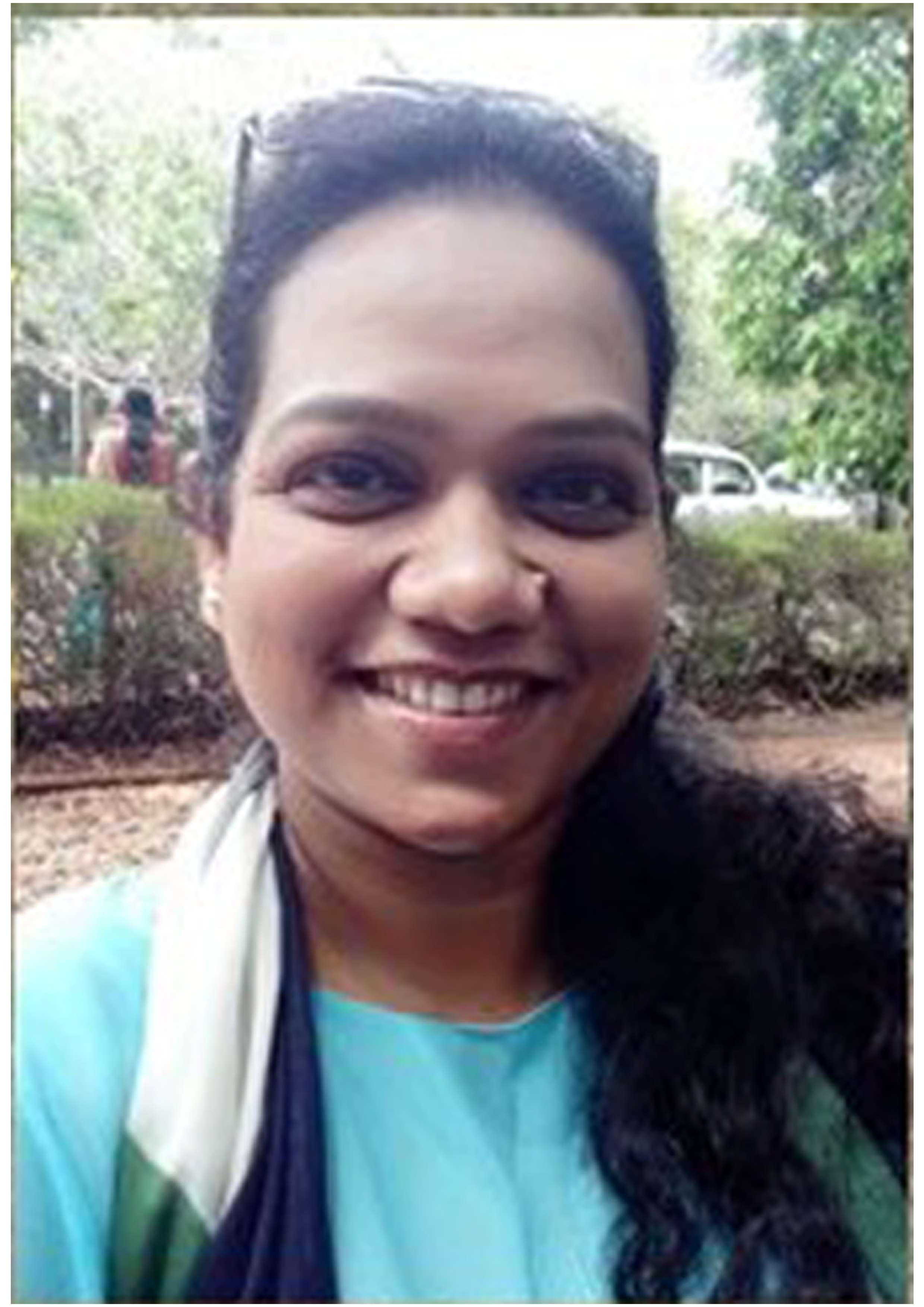 Dr. Mokshada Salunke
Dr. Mokshada Salunke
https://deccancollegepune.academia.edu/MokshSalunke
https://www.linkedin.com/in/mokshada-salunke-679345b9
Title: Discussion on the Palaeolithic of Telangana, India.
Abstract: Recent chronological estimates of the Middle Palaeolithic in India suggest transitions from the Acheulian and regional evolutionary trajectories, thus raising debates on current models of Out of Africa dispersals. This paper focuses on the MP of a region in South India, highlighting diverse stratigraphic contexts of sites and lithic reduction sequences. The paper highlights the need for focus on regional evolutionary trajectories within the Indian MP and its transition into the Late Palaeolithic through specific in-depth studies such as this that may highlight variability across South Asia during this phase. Three seasons of exploration have resulted in the reinvestigation of 20 Acheulian, Middle Palaeolithic and Late Palaeolithic sites with a total of 2,657 artefacts analysed. Although less in number, the Acheulian in the region was found in a stratified context underlying the Middle Palaeolithic layers. Artefacts are on quartzite cobbles procured off-site from around a radius of 2-3 sq. km. thus implying planned use of the sites. The Middle Palaeolithic of the region is dominated by prepared core reduction streams along with the presence of Levallois, discoidal cores and other flake cores. The Late Palaeolithic assemblages are dominated by flake as well as different types of blade reduction strategies. The present research has brought to light an important region in South India with new data on the distribution of sites, stratigraphic contexts and geomorphology, nature of lithic assemblage, their reduction sequences and changes within them through time. It has also brought in a new insight into the varied behavioural strategies based on detailed studies of lithics and landscape-scale variability. In the case of Middle Palaeolithic assemblage, bifaces continue as seen on other sites in India and elsewhere. The continuity of a few Levallois cores into the Late Palaeolithic also suggests continuity in some technological strategies further implying its regional development. Although not dated yet, there is a potential of stratified sites that can be useful for future studies.
About: Dr. Mokshada Salunke has recently completed her Ph.D. thesis titled ‘Investigations of Palaeolithic Cultural Processes in the Middle Godavari basin, Telangana’ from Deccan College Post Graduate and Research Institute, Pune under the guidance of Prof. Shanti Pappu (ex-Professor of Prehistory at Deccan College Post Graduate and Research Institute, Pune) and Dr. Kumar Akhilesh (Director, Sharma Centre for Heritage Education, Chennai). During her fieldwork, she had a wonderful opportunity to benefit from the expertise of Late Prof. M.L.K. Murty and Prof. S.N. Rajaguru. She has presented papers at various national conferences in India and was invited to present her paper titled ‘Middle to Late cultural evolution and transitions trough time in Middle Godavari Basin, Telangana, India’ in the Asia Pacific Conference on Human Evolution (APCHE) 2019 organized by Australian Research Centre for Human Evolution, Griffith University, Brisbane, Australia. She also has an international publication in the prestigious Antiquity Journal. She has attended various workshops pertaining to her research which has improved her knowledge on the subject and has participated in excavations at important Palaeolithic sites such as Sendrayanpalayam (near Attirampakkam), Chennai and at Tikoda, Bhopal.
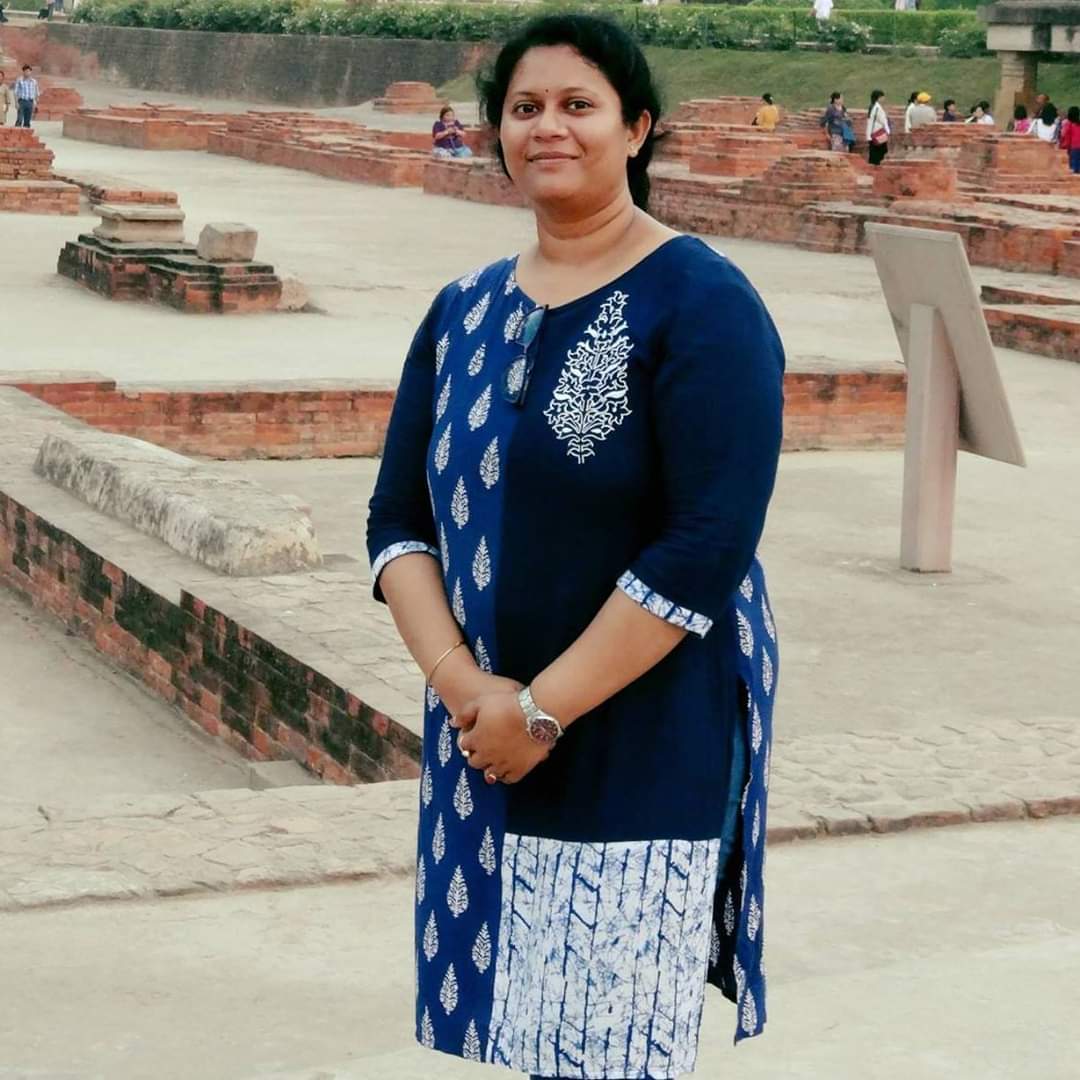 Dr. Paromita Bose
Dr. Paromita Bose
https://caluniv.academia.edu/BoseParomita ,https://twitter.com/archparomita?s=09
Title:Discussion on raw material exploitation and provenance studies for the Eastern Indian Neolithic
Abstract: Doctoral research of Dr. Paromita Bose was based on defining archaeological contexts of polished stone tools from Eastern India, with a specific focus on West Singhbhum, Jharkhand. A plethora of polished stone tools with varied archaeological contexts has been discovered from different parts of Indian Territory. However, in majority of the cases the focal point of studying such tools remained restricted to their typological attributes. Other important issues such as the utilized raw materials have hardly been addressed so far. During her research, Dr. Bose carried out extensive field explorations in and around different river valleys of West Singhbhum region and reported about twenty-four new prehistoric occurrences in that area. In addition to this, based on published archaeological records she prepared an elaborate database of polished stone tools distribution in different parts of India, reported from both Neolithic and non-Neolithic contexts. Besides this, she has also documented and prepared an inventory of raw materials exploited in the context of polished stone tools manufacturing across different sites in India. These studied have highlighted the type of raw materials used by the ancient tool makers, and also it revealed the choice of raw materials made in different parts of the country for making such tool types. This type of study is the first of its kind.
About:Dr. Paromita Bose has completed her Master’s degree with a first-class in Archaeology, from the Department of Archaeology, the University of Calcutta, followed by a Post Graduate Diploma in Archaeology (PGDA) from the Institute of Archaeology, Archaeological Survey of India, Delhi. During her diploma course, she has participated in several exploration and excavation programs across India. Besides, she was also exposed to different multidisciplinary approaches in studying archaeology. She qualified for University Grants Commission (UGC) –National Eligibility Test (NET) and was awarded A Junior Research Fellowship and Lectureship for a tenure of five years for her PhD research. After completing her PhD, she has worked as an Intern in Sharma Centre for Heritage Education and was involved in different research activities. She has also participated in the excavation of Sendrayanpalayam site, Tamil Nadu, for two consecutive seasons under supervision of Sharma Centre for Heritage Education as a volunteer and participated in total station mapping, excavation, collection and documentation of excavated lithic artefacts. She is currently engaged in researches related to different aspects of Neolithic Culture in India. Her research interests are in prehistory, Neolithic, polished stone tools, and provenance studies of lithics and applications of GIS in archaeology. She has participated in many national and international conferences and also published her works in many reputed journals.
References
Bose, P., 2015. Archaeological Explorations in Sanjai River Valley, District West Singhbhum, Jharkhand (2013-14): A Preliminary Report. Man and Environment, 40 (1): 66-74.
Bose, P., 2017. Notes on Gulkera: A Newly Discovered Site in Jharkhand. In Deo, S.G., Baptista A., and Joglekar, J. (Eds.) Rethinking the Past: A Tribute to Professor V.N. Misra (ISPQS Monograph Series No. 7), pp. 132-138. ISBN 978-81-908330-6-6.
Bose, P., 2017. Notes on Prehistoric Sites Explored in Different River Valleys of Jharkhand: Puratattva 47, Indian Archaeological Society, New Delhi, pp. 221-231.
Bose, P., 2017. An inventory of raw materials utilised for Manufacturing Prehistoric Polished Stone Tools. Man and Environment, 42 (2): 66-74.
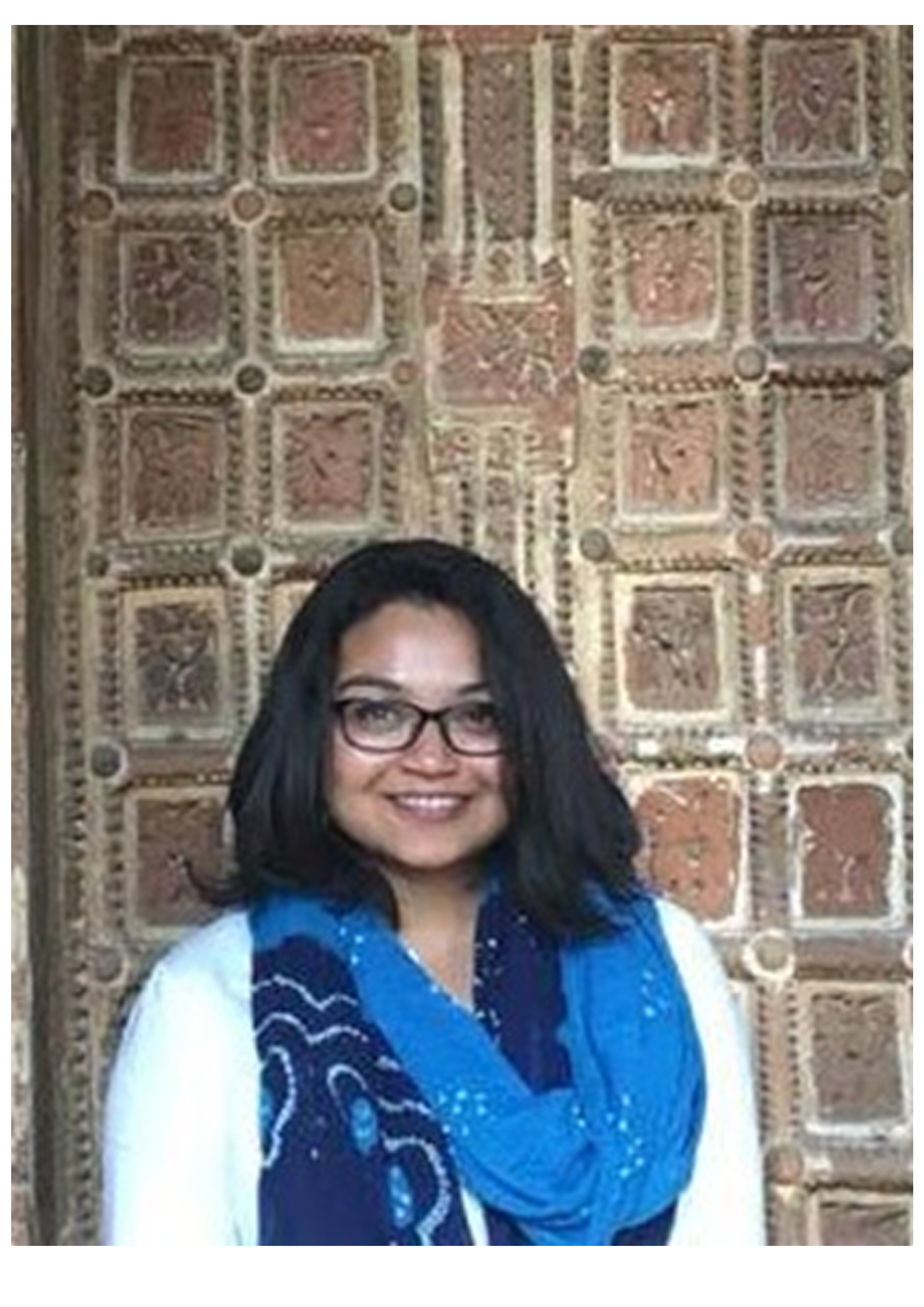 Ms. Sutonuka Bhattacharya
Ms. Sutonuka Bhattacharya
https://independent.academia.edu/SutonukaBhattacharya
Title:Modern reuse of ringstones: A Case Study in Bargarh district, Odisha.
Abstract: The phenomenon of reuse of artefacts is not a recent one. It has a deep- trajectory displaying multi-fold behavioural patterns in communities in the past. In the Indian context, there are widespread examples of the same. This session was part of a dissertation which I worked on for my Post Graduate Diploma in Archaeology with the hoped to initiate a discussion in this discourse within archaeology particularly related to prehistory examining the recycling behaviour as observed in the Eastern part of India in the Bargarh district, Odisha in relation to ring-stones or perforated stone tools as observed within contemporary communities, with specific reference to rituals connected with cattle and associated medicinal purposes.
About: Sutonuka Bhattacharya an ECR from India has recently finished her Postgraduate Diploma in Archaeology from Pandit Deen Dayal Upadhyaya Institute of Archaeology, Archaeological Survey of India. Having participated in multiple field studies and workshops her core interest lies in understanding changing human behaviour within the Mesolithic and Neolithic traditions and would like to work on similar lines for her doctorate which she hopes to initiate next year. So far she has worked in Eastern India to understand reuse patterns of antiquity in the modern context.
 Dr. Arunima Pati
Dr. Arunima Pati
https://independent.academia.edu/ArunimaPati2, https://www.linkedin.com/in/dr-arunima-pati-2533a8a5
Abstract: Before the modern cards became prevalent, India and many other countries had a different kind of pack of cards to play with. The number of cards were far more in number and the designs and shapes were very different from the modern cards. They were called Ganjifa, Ganjifeh, Kanjifa, etc. in different places. Most scholars believe that this game was brought to India by the Mughals and gradually spread to the local courts and then to the common people throughout the country. The cards adopted the local cultures of all the regions they spread to and as a result, we find many versions of these cards and the game all over India. This presentation gives a basic introduction to the Ganjifa cards and discusses the versions found in the state of Odisha briefly.
About: Dr. Arunima Pati, from Odisha, is an alumni of Deccan College Post-graduate and Research Institute (Deemed to be University), Pune where she completed her Master's and doctorate. She started working on Ganjifa Cards, a mediaeval card game, for her Master's dissertation and then expanded her study to the whole state of Odisha for her Ph.D. thesis. She also worked on the Ganjifa Cards of Mysore with the help of an Institutional project grant from Indian Council of Historical Research under the affiliation of Indian Institute Numismatic, Historical and Cultural Research Foundation, Mumbai. Her area of interest is ethnoarchaeology of cultural archaeology. She is posted as Assistant Archaeologist in the Archaeological Survey of India, Bhubaneswar Circle since 2017.
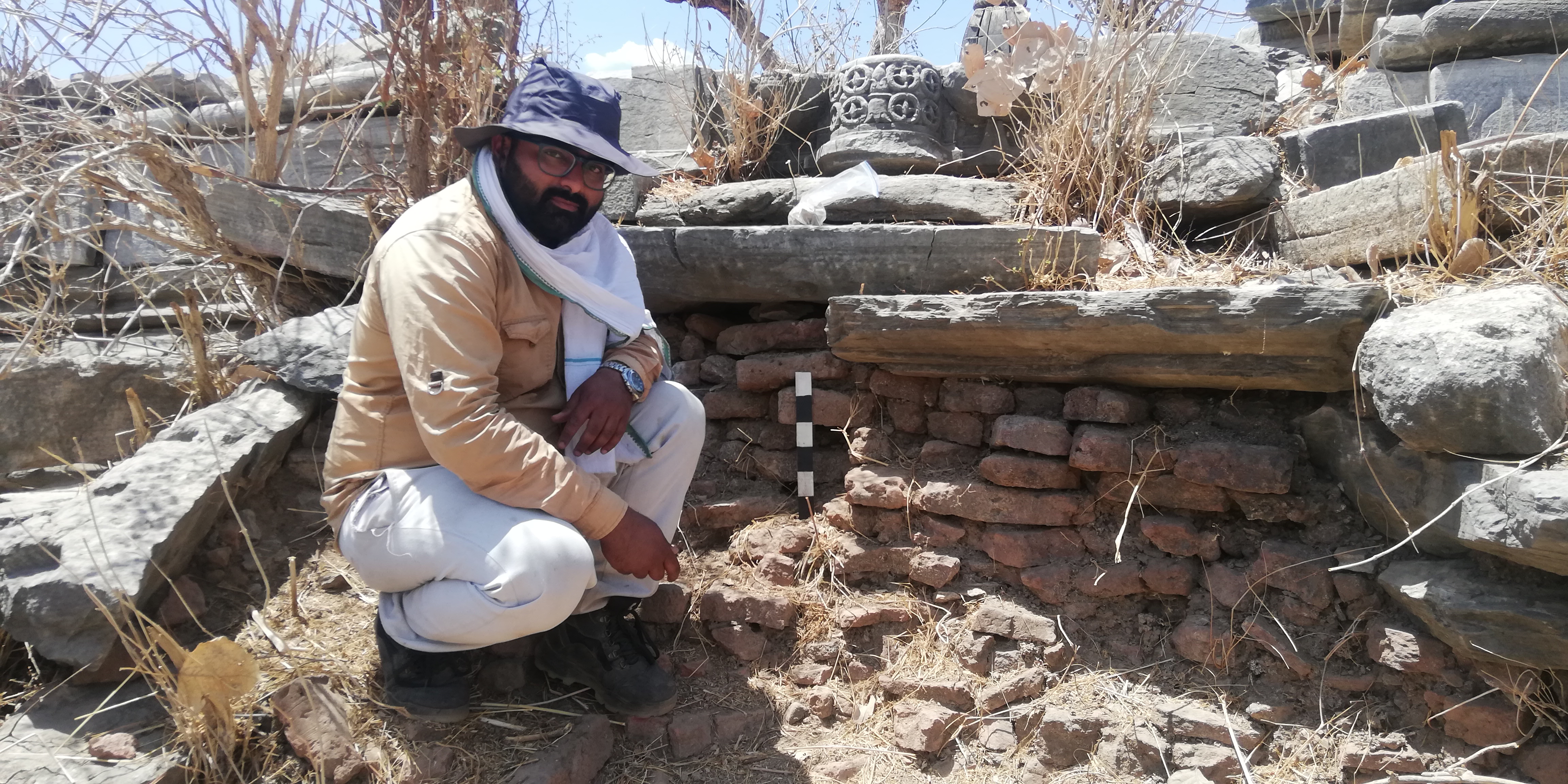 Mr. Chintan Thakkar
Mr. Chintan Thakkar
https://twitter.com/ChintanThakar5
Title: Discussion on Archaeological explorations in the West Banas Basin, Sirohi district, Rajasthan.
Abstract: Surveying is an important mode in the field of archaeology. Without it, the work of archaeology is not possible. There are many such civilizations buried in the womb of the past, which are still to be discovered even today, whether these cultures are related to the Stone Age or other periods in the course of human development, it is impossible to find these places without survey. Sirohi district is located in the south-west direction of Rajasthan. In this district, first in 1978, MSU Baroda did the archaeological survey, in which the Chandravati medieval city was discovered. At the same time, Palaeolithic arteafacts were found in the alluvial deposits of the river Sevarni. After this, this city was excavated from 2014-2016. Apart from these two archaeological studies, the entire district was relatively sparsely investgiated. Thus, the main aim of my dissertation, is to prepare a comprehensive database of arrchaeological sites in the the western Banas river valley, the main river flowing in Sirohi district Rajasthan. At present, I have documented a total 31 prehistoric sites as well as 25 sites of other cultural phases (historical, medieval periods) as also rock art. Ethnographic surveys of tribes in this region is also being conducted. This research is in progress.
About: Mr. Chintan Thakar has received his master's degree in Ancient History from Allahabad University with a first class. After this, he did a postgraduate diploma in Ancient History and Archeology from Janardanarai Nagar Rajasthan Vidyapeeth University. During his postgraduate diploma, he also participated in archaeological surveys and excavations conducted by Archaeological Survey of India and Rajasthan State Archaeological Department. During this time he also participated in many national workshops. Presently, he is doinghis doctoral research in the Banas river basin, Sirohi district, from the Madhav University Sirohi Rajasthan. He is currently volunteering at the Sharma Center of Heritage Education, and participated as a volunteer at excavations at the Palaeoltihic site of Sendrayanpalayam.
